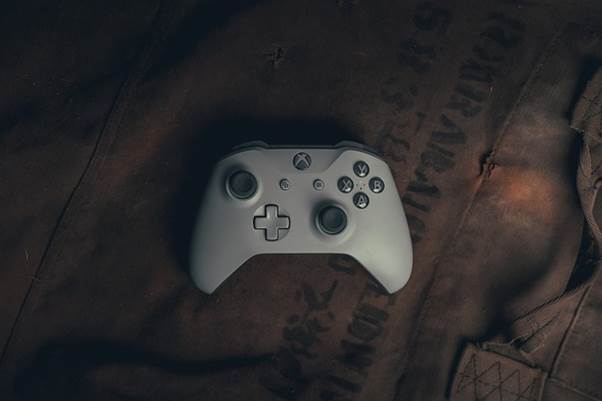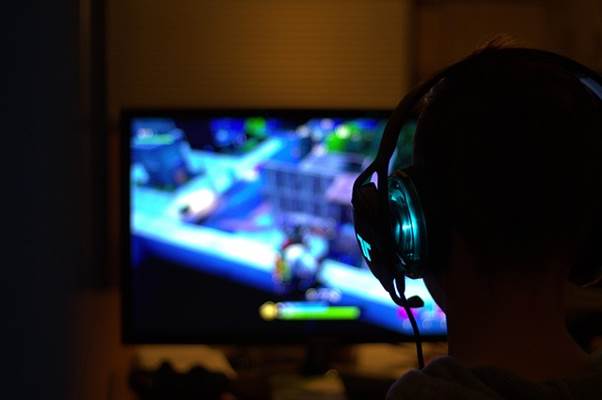In today’s fast-paced digital era, one phenomenon has grown from a niche hobby into a global cultural force: Gaming life. It is more than just playing video games; it represents a lifestyle shaped by entertainment, community, creativity, and technology. Millions of people across the world engage daily in Gaming life, whether through competitive esports, casual mobile games, or immersive virtual realities. This growing culture reflects not only the evolution of technology but also the way individuals connect, learn, and express themselves in the digital world.

Understanding Gaming Life
Gaming life refers to the routines, experiences, and social interactions that revolve around video games. For many, it is a source of relaxation after a long day. For others, it is a career path, whether as professional players, content creators, or developers. The rise of streaming platforms and esports tournaments has brought Gaming life into the mainstream, transforming it from an individual pastime into a vibrant global community.
The Evolution of Gaming Life
The roots of Gaming life can be traced back to the early arcade era of the 1970s and 80s. Games like Pac-Man and Space Invaders captured imaginations and created the first wave of digital culture. Over the decades, consoles, PCs, and mobile platforms expanded access, making video games more inclusive than ever. Today, with cloud gaming and virtual reality, Gaming life has become a blend of technology and creativity, offering players immersive experiences that were once unimaginable.
Social Connections in Gaming Life
One of the defining aspects of Gaming life is the strong sense of community. Online games allow players to connect with friends and strangers worldwide, fostering teamwork, collaboration, and even long-lasting friendships. Virtual guilds, clans, and forums serve as spaces where individuals share strategies, celebrate achievements, and build support networks. For many, these digital bonds are just as meaningful as real-world connections, showing how Gaming life bridges geographic and cultural divides.
The Role of Esports in Gaming Life
Esports has become a cornerstone of Gaming life, elevating video games to the level of professional sports. Competitive gaming tournaments attract millions of viewers and offer substantial prize pools, creating opportunities for skilled players to build careers. Professional gamers train rigorously, much like athletes, and develop teamwork, strategy, and quick decision-making skills. The rise of esports has also fueled the growth of sponsorships, merchandise, and live-streaming platforms, making Gaming life a multi-billion-dollar industry.
Creativity and Expression in Gaming Life
Beyond competition, Gaming life is also about creativity and self-expression. Many games allow players to design characters, build virtual worlds, and tell stories. Sandbox games, modding communities, and fan art demonstrate how gaming inspires artistic innovation. Content creators on platforms like YouTube and Twitch showcase gameplay, tutorials, and entertainment, contributing to the diversity of Gaming life and giving fans a sense of belonging within the culture.
Educational Benefits of Gaming Life
Contrary to outdated stereotypes, Gaming life can offer significant educational value. Strategy games improve problem-solving and critical thinking, while simulation games teach resource management and decision-making. Multiplayer games encourage communication and teamwork, skills that are valuable in real-world settings. With gamification now integrated into schools and corporate training, the influence of Gaming life extends far beyond entertainment.

Challenges of Gaming Life
Despite its many benefits, Gaming life is not without challenges. Excessive gaming can lead to physical and mental health issues, such as eye strain, lack of exercise, and social isolation. Concerns about gaming addiction, online harassment, and toxic behavior in competitive spaces highlight the need for balance and digital responsibility. Parents, educators, and gamers themselves must ensure that Gaming life remains a healthy and enjoyable part of daily routines.
Balancing Gaming Life and Reality
The key to embracing Gaming life lies in balance. Setting time limits, prioritizing offline relationships, and practicing healthy gaming habits help individuals enjoy the best of both worlds. Gaming should complement, not replace, real-life responsibilities and connections. When managed thoughtfully, Gaming life can enhance mental agility, social interaction, and overall well-being.
The Future of Gaming Life
Looking ahead, the future of Gaming life promises even greater innovation. Advancements in artificial intelligence, virtual reality, and the metaverse will create more immersive and interactive experiences. Cross-platform play, global tournaments, and evolving storytelling techniques will continue to shape how people engage with games. As technology advances, Gaming life will likely become an even more integral part of everyday culture, redefining entertainment and human connection.
Conclusion
Gaming life is more than just a pastime; it is a culture that combines technology, creativity, community, and personal growth. It provides opportunities for fun, learning, and professional achievement while also posing challenges that require balance and responsibility. As the digital world evolves, Gaming life will continue to influence how people interact, collaborate, and imagine new possibilities. By embracing its potential while managing its risks, individuals can enjoy the richness of Gaming life and contribute to its dynamic future.